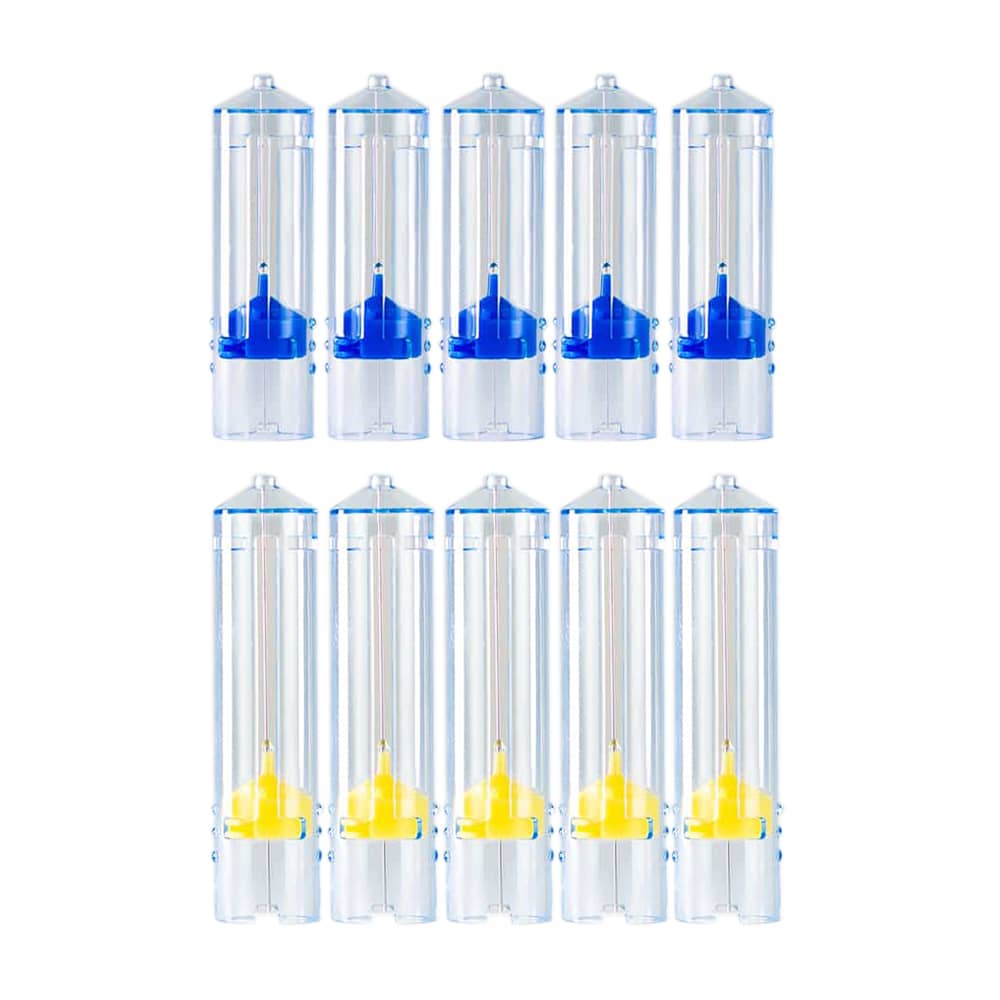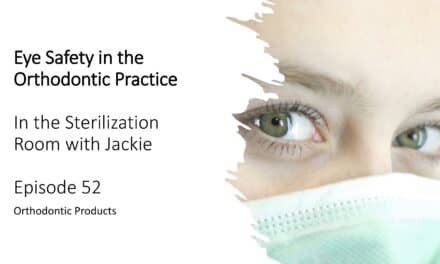Any kind of sharp injuries is a serious danger to anyone at any practice – from the hygienist to the dentist. So, what steps should be followed when a dental healthcare team member sustains an occupational exposure sharps injury? Let’s get into it.
First Aid and Reporting
According to CDC, “First aid should be administered immediately and as necessary after an occupational injury. Puncture wounds from sharps and other injuries to the skin should be washed with soap and water and no evidence exists that using antiseptics for wound care or expressing fluid by squeezing the wound further reduces the risk of bloodborne pathogen transmission; however, the use of antiseptics is not contraindicated. Also, the application of caustic agents (e.g., bleach) or the injection of antiseptics or disinfectants into the wound is not recommended. Exposed dental team members should immediately report the exposure to the infection-control coordinator or other designated person, who should initiate a referral to the qualified healthcare professional and complete necessary reports.”
According to OSHA, “Exposure incidents should be reported immediately to the employer since they can lead to infection with HBV, HCV, HIV, or other bloodborne pathogens. When a worker reports an exposure incident right away, the report permits the employer to arrange for immediate medical evaluation of the worker. Early reporting is crucial for beginning immediate intervention to address possible infection of the worker and can also help the worker avoid spreading bloodborne infections to others.” Therefore, it’s crucial to manage and report these injuries without hesitation or any worry of workplace repercussions – accidental injuries can happen.
Medical Evaluation and Follow-up
- OSHA’s Bloodborne Pathogens standard (29 CFR 1910.1030) requires employers to make immediate confidential medical evaluation and follow-up available for workers who have an exposure incident, such as a needlestick. The standard states this evaluation and follow-up must be: Made available at no cost to the worker and at a reasonable time and place.
- Performed by or under the supervision of a licensed physician or other licensed healthcare professional
- Provided according to the recommendations of the USPHS current at the time the procedures take place; in addition, laboratory tests must be conducted by an accredited laboratory and must be at no cost to the worker.
Now For The Details
The CDC defines and outlines specific information to be included in the exposure incident report, which is recorded in the exposed dental team member’s confidential medical record, and provided to the qualified healthcare professional for the medical evaluation and follow-up: date and time of exposure; details of the procedure being performed, the type of device and how and when during its handling the exposure occurred; details of the exposure, including the type and amount of fluid or material and the severity of the exposure.
Serological Testing
According to OSHA, a worker who participates in the post-exposure evaluation and follow-up may consent to have his or her blood drawn for determination of a baseline infection status of HBV and HIV, but has the option to withhold consent for HIV testing at that time; in this instance, the employer must ensure that the worker’s blood sample is preserved for at least 90 days in case the worker changes his or her mind about HIV testing. It’s a good practice to seek a health clinic or medical provider who specializes in occupational health as the clinic or provider of choice for any post-exposure follow-ups.
And what about the source individual? The source individual is any patient whose body fluid is involved in the exposure incident.4 According to CDC, if the HBV, HCV, and/or HIV infection status of the source is unknown, the source person should be informed of the incident and tested for serologic evidence of bloodborne virus infection as soon as possible. Procedures should be followed for testing source persons, including obtaining informed consent in accordance with applicable state and local laws. Any persons determined to be infected with HBV, HCV, or HIV should be referred for appropriate counseling and treatment. The confidentiality of the source person should be always maintained.
Counseling
When dental team members sustain a sharps injury and have possible exposure, OSHA requires that post-exposure follow-up include counseling the worker about the possible implications of the exposure and his or her infection status, including the results and interpretation of all tests and how to protect personal contacts; also, post-exposure prophylaxis for HIV, HBV, and HCV, when medically indicated, must be offered to the exposed worker according to the current recommendations of the U.S. Public Health Service.
The Written Opinion
Once the medical healthcare provider has evaluated the employee and source patient’s test results, a written opinion is generated. According to OSHA’s standard, the employer must obtain and provide the injured employee with a copy of the evaluating healthcare professional’s written opinion within 15 days of completion of the evaluation. This flow-chart illustrates the process for post-exposure evaluation and follow-up in a straightforward manner. This can be used as an initial resource for practices that are working to establish a protocol.
Try Using A Safer Needle
SimpleCAP is an excellent device for reducing the risk of needlestick injuries and meets the requirements of a sharps safety engineering control device as described by OSHA. It’s the only dental safety needle system on the market that provides a self-contained needle sheath. Because it was designed with end-to-end safety in mind, it’s more comfortable and efficient to use and puts both health workers and patients at ease.

Ready to Try a Better Needle System?
Unlike traditional needles, the SimpleCAP needle promotes safety during assembly, usage, recapping, disassembly, and disposal. The result is a needle system that makes patients more comfortable, staff safer, and the delivery of care more efficient.











